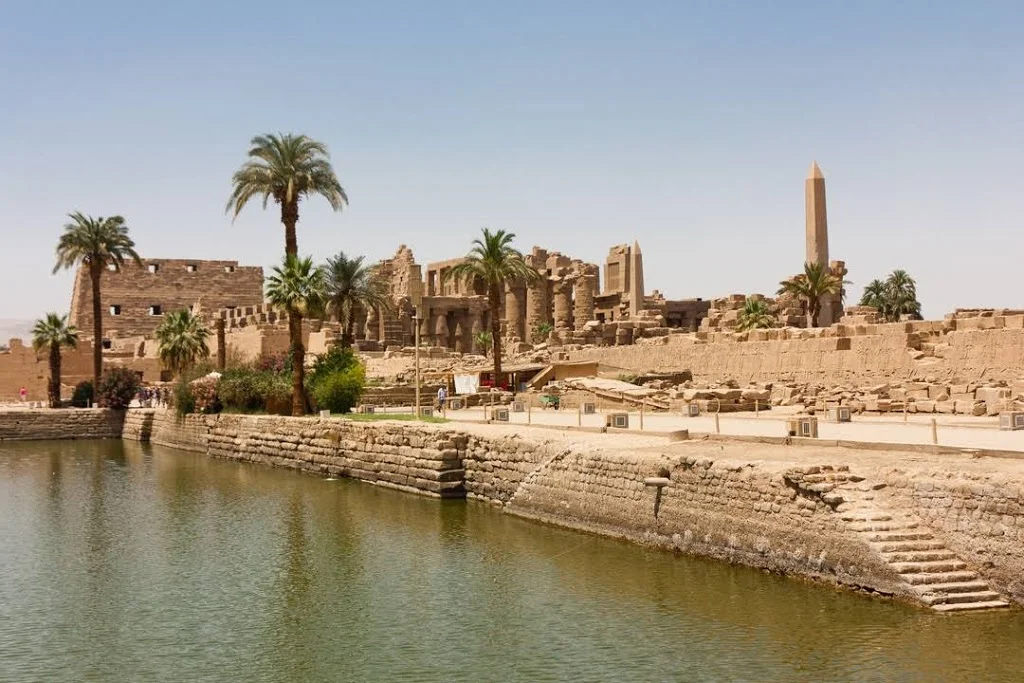Richard Leakey Plans Libeskind-Designed 'Cathedra' Honoring Human Evolution In Lake Turkana
Renowned Kenyan paleoanthropologist Richard Leakey has commissioned a new museum in the desert near Lake Turkana. Designed by architect Daniel Libeskind, 'the cathedra' will be constructed at 400 miles north of Kenya's capital in Nairobi, near the border with Ethiopia.
It's in this region that the Leakey family and their decades old teams have uncovered many of the best-preserved fossils of humanity's ancient ancestors, some dated to 4 million years ago.
Lake Turkana is home to all the inspirations behind Anne of Carversville's Jewelry & Gift Collection, including Ethiopia's Omo Valley people, who live at the northern tip of the lake. It's the world's largest permanent desert lake and by volume the world's fourth-largest salt lake.
We have many connections to LakeTurkana and Africa's Rift Valley both psychically and in our commitment to elephant conservation and the use of woolly mammoth bones in our jewelry. It's believed that woolly mammoths migrated out of the Rift Valley towards cooler climates and reliable water sources.
Richard Leakey, the 72-year-old Kenya Wildlife Service (KWS) chairman took Polish-American designer Daniel Libeskind to Lake Turkana to explore the project, now that financing has been secured for the design phase of the project. "Can we do something here that will absolutely stand-alone and wow?" Leakey asked the master planner of New York's post-September 11 World Trade Center redevelopment.
His vision is for a museum that is a "very creative" experience and not a fancy house for fossils. A museum pedigree is reason for eliminating people, not recruiting them for the project. The Kenyan powerhouse wants people from Silicon Valley or creative advertising professionals. "Why don't we have a room you come in to wearing a 3D headset and sit quietly in the middle of a band of Homo erectus moving all around you? That's much more interesting than a skeleton of Turkana Boy behind glass."
Shop ALL GT's necklace and earrings sets, shipped FREE in America, Canada and Mexico!
Our new East Africa Map Woolly Mammoth Goddess Beads Pendant w/Earrings celebrates human evolution out of East Africa









